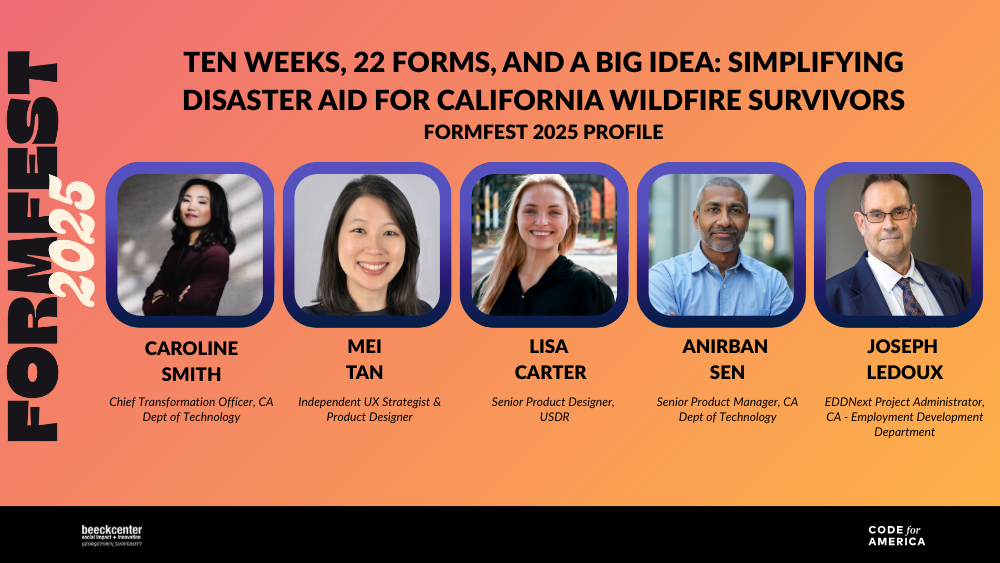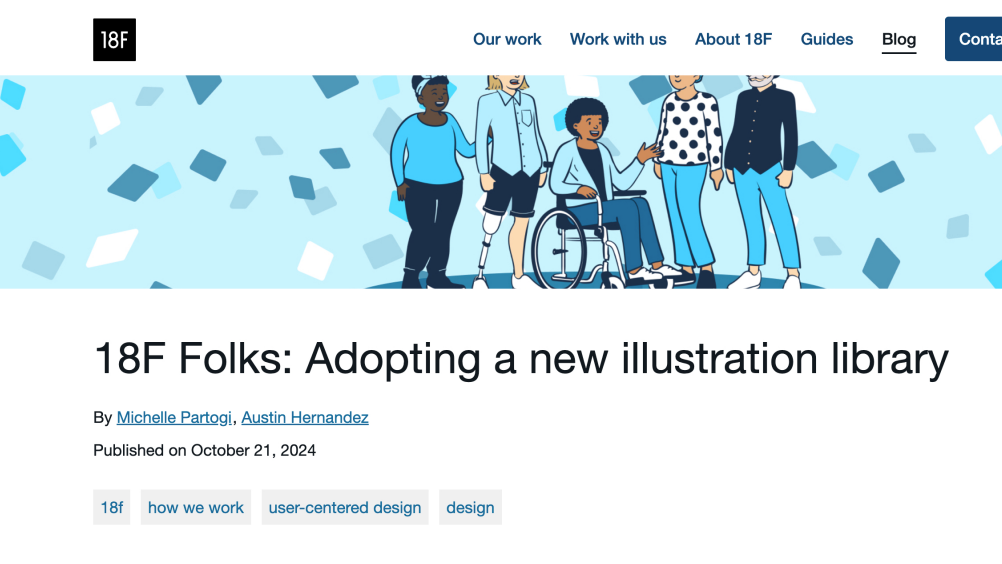Tips for capturing the best data from user interviews
In this blog post, we’ve detailed some of the steps we take to help capture the best data possible when conducting interviews. This post is intended as a guide for people who need to conduct user interviews and for people simply curious about how we work.

User research is part of every project we work on at 18F, and interviews are a core component of that process. In this blog post, we’ve detailed some of the steps we take to help capture the best data possible when conducting interviews. This post is intended as a guide for people who need to conduct user interviews and for people simply curious about how we work.
Interviews are, at a minimum, an opportunity for you to ask your intended audience about their expectations, what their needs are, and to get direct feedback on the work you’ve done so far or on what you plan to do. But an interview is only as good as the data you get out of it.
While note-taking during user interviews might seem straightforward, putting some thought into the process can help you gather the most useful data. There are a number of things one can do to ensure the most useful information makes its way back to your team for further analysis. Below is a list of ideas and practices for note-taking during interviews to maximize the information that comes out of them.
Share this Resource:


